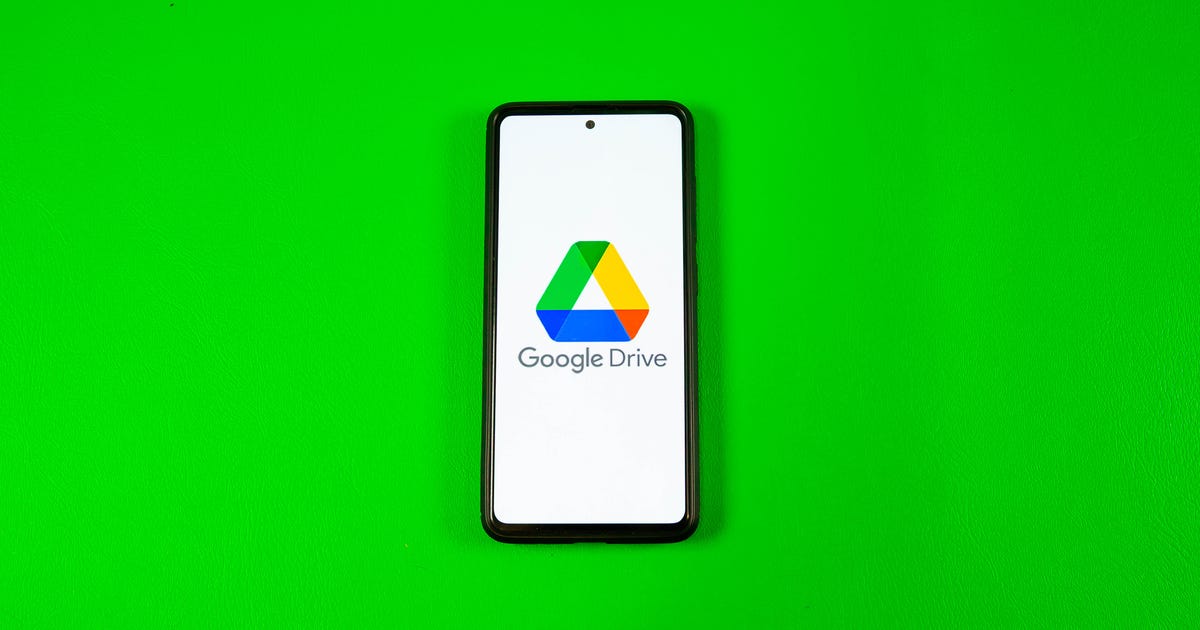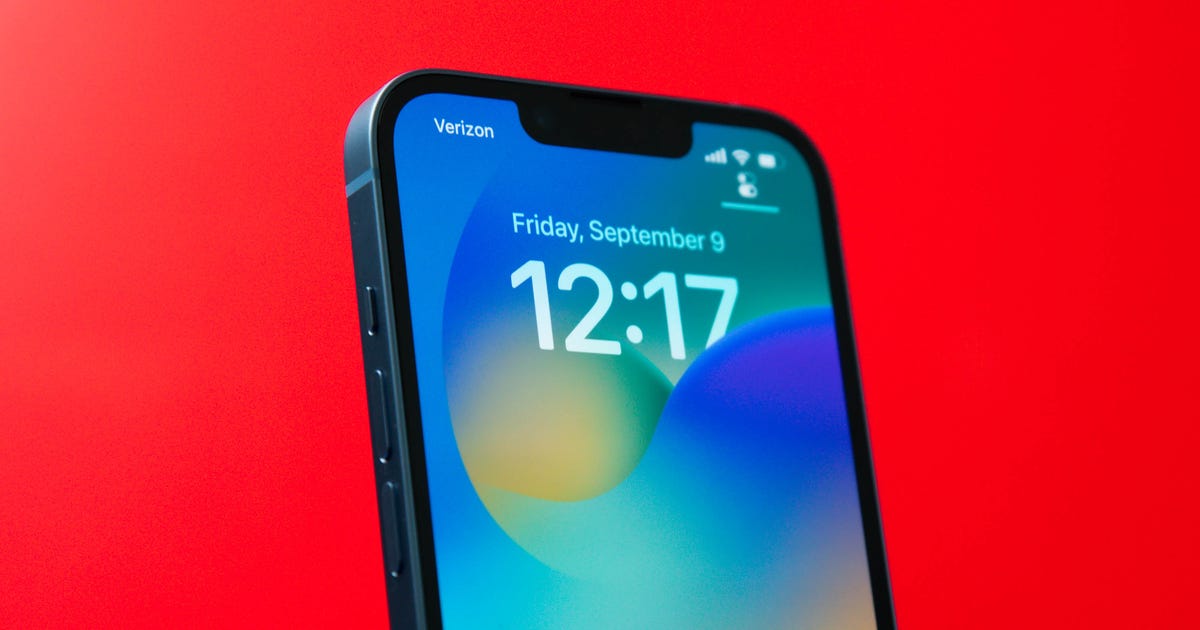Verizon wants to add a third leg to its core businesses of delivering wireless and wired broadband services: video.

Roger Cheng/CNET
The nation’s largest wireless carrier is poised to launch its mobile and online video service in late summer, according to Verizon Chief Financial Officer Fran Shammo. The company is still working out the potential business model and pricing, he added.
Verizon has pegged its hopes on this video service as a mean to differentiate itself at a time when competition in both the wireless and wired broadband business has stiffened. On the mobile side, it faces aggressive upstarts in T-Mobile and Sprint. The slower growing broadband business is already crowded by established cable providers such as Time Warner Cable and Comcast.
The service, which Verizon only refers to as OTT, or over-the-top, named because it will be available to anyone with an Internet connection, as opposed to a television subscription, is the company’s big growth engine for the future. So far, the company has been mum on the details.
But one of the models the company is looking into is offering video that wouldn’t eat into its subscriber’s data buckets, and instead be subsidized by advertising, Shammo said. That’s a boon to anyone with a limited data plan, since streaming video eats up the most data by far. It’s just one of the options it is looking at.
“There is no one else out there who will deliver an OTT solution like the one we will launch,” Shammo said in an interview on Tuesday.


Verizon
Verizon is also looking into the idea of a traditional service where the video would eat into your data cap, as well as one with charges for premium content. For the company’s multi-cast technology, which will stream the same video to many subscribers, it is looking into the possibility of a pay-per-view model, Shammo said.
Verizon has lined up video content from partners in sports, such as the National Football League, as well as from partners such as Vice. The company’s acquisition of AOL last month will also feed into the video service, although Shammo declined to comment on what it would do with news sites such as the Huffington Post and blogs such as TechCrunch and Engadget.
Mobile television has had a colorful history, with multiple initiatives to deliver live TV on the phone failing to gain interest. But Shammo said live events such as the World Cup or football games — events that have a sense of timeliness — will drive usage. “Nobody is going to sit there and watch ‘CSI,'” he said.
Verizon is interested in mobile and online video because of the opportunity to generate revenue from advertising. The company acquired AOL for its ability to serve ads on mobile, Shammo said.
His comments come after Verizon posted its second-quarter results, which saw a decline in customer growth but better-than-expected profits.




